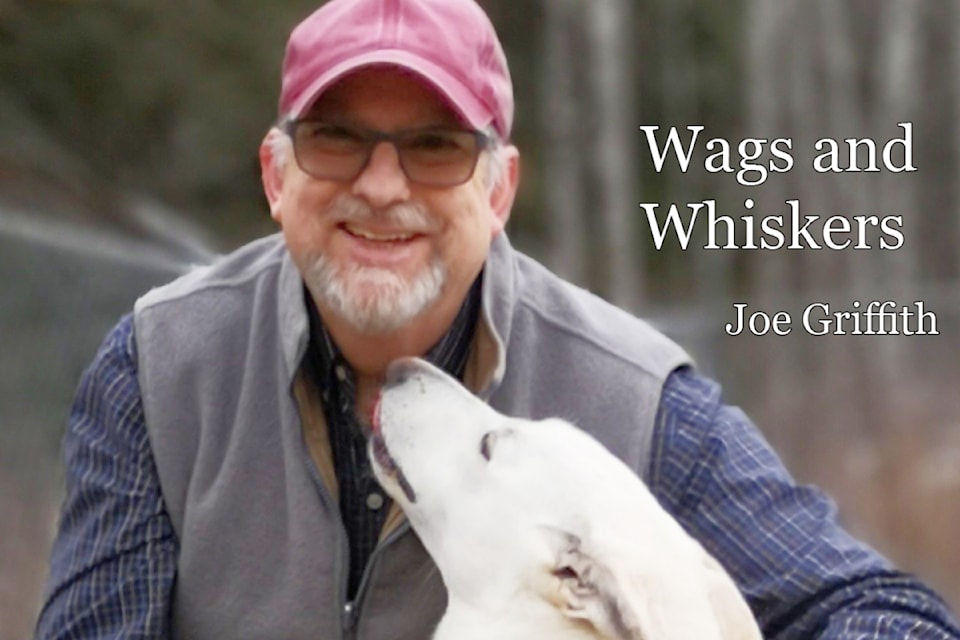You brought home a sweet, playful puppy who followed you everywhere, eager to learn and please. But now? They��ѻ��ý�ve started ignoring cues, barking at things they never used to notice, and seem to have selective hearing��ѻ��ý�especially when you call them at the park.
Sound familiar? Welcome to the teenage dog phase.
This stage, also called adolescence, can begin around six months of age for some breeds and last well into the second year of life. It��ѻ��ý�s a natural part of your dog��ѻ��ý�s development, but it can leave even the most patient guardians feeling confused or overwhelmed.
What��ѻ��ý�s happening with your puppy?
Just like human teens, adolescent dogs are undergoing big changes��ѻ��ý�hormonally, physically, and emotionally. Their brains are still developing, and they��ѻ��ý�re starting to test boundaries, explore the world with more independence, and sometimes act like they��ѻ��ý�ve never heard the word ��ѻ��ý�sit��ѻ��ý� before. It��ѻ��ý�s not that they��ѻ��ý�ve forgotten their training��ѻ��ý�they��ѻ��ý�re just distracted, overstimulated, and working through their new adolescent brain chemistry.
One of the most surprising shifts during this time can be fearfulness or reactivity. A dog who once loved everyone might suddenly bark at strangers or avoid new experiences. This is often due to a secondary fear period that occurs during adolescence. It��ѻ��ý�s temporary, but how you respond makes a big difference.
This phase doesn��ѻ��ý�t last. But it does matter
The good news? Your goofy, sometimes frustrating teenage dog will grow up. The challenging behaviours��ѻ��ý�pulling on leash, ignoring cues, barking at other dogs��ѻ��ý�aren��ѻ��ý�t signs of a ��ѻ��ý�bad dog.��ѻ��ý� They��ѻ��ý�re signs of a young dog who needs support, structure, and understanding while their brain catches up to their body.
What does matter is how we guide them through it. Without clear, compassionate support, those temporary behaviours can become long-term habits. Think of this stage as your second chance to develop the adult dog you want to live with.
How to help your teenage dog thrive
1. Stay patient and keep training positive
Even if your dog suddenly acts like they��ѻ��ý�ve never heard a cue before, stay calm. Go back to basics in quiet environments, reward the effort, and keep sessions short and fun.
2. Support, don��ѻ��ý�t scold
Your dog isn��ѻ��ý�t being stubborn��ѻ��ý�they��ѻ��ý�re struggling. Scolding, yanking on the leash, or using punishment can actually make things worse, especially if fear is involved. Focus on building trust and confidence instead.
3. Give them safe, positive experiences
Keep socialization going, but don��ѻ��ý�t overwhelm them. Let your dog observe the world at their own pace and reward the behaviour. This helps reduce the chances of reactivity or long-term fearfulness.
4. Burn off that energy
Teenage dogs need outlets. Walks, sniffing, training games, puzzles, and even tug can help meet their mental and physical needs.
5. Don��ѻ��ý�t be afraid to ask for help
If your dog��ѻ��ý�s behaviour becomes unmanageable or concerning, reach out to a force-free trainer. You��ѻ��ý�re not alone��ѻ��ý�and it��ѻ��ý�s never too early to get support.
You��ѻ��ý�ve got this
Raising a teenage dog can be messy, funny, and sometimes a little maddening��ѻ��ý�but it��ѻ��ý�s also a beautiful opportunity. With patience, kindness, and consistency, you��ѻ��ý�ll help your dog grow into the confident, well-mannered adult they��ѻ��ý�re meant to be.
Hang in there��ѻ��ý�your best friend is still growing up.



